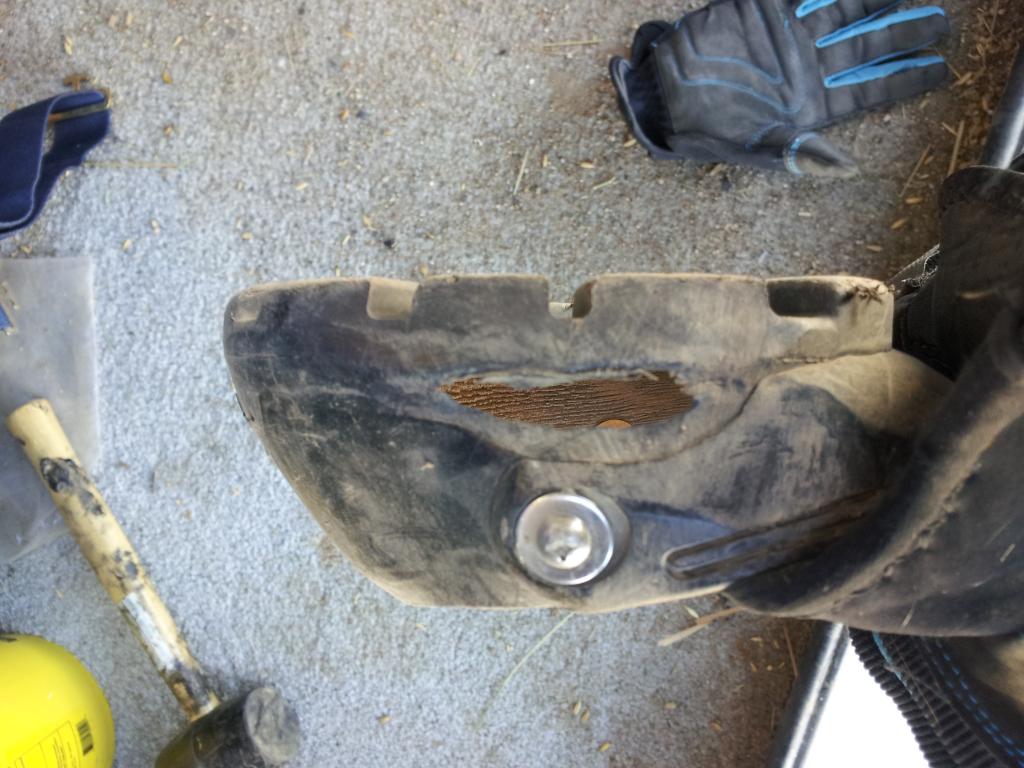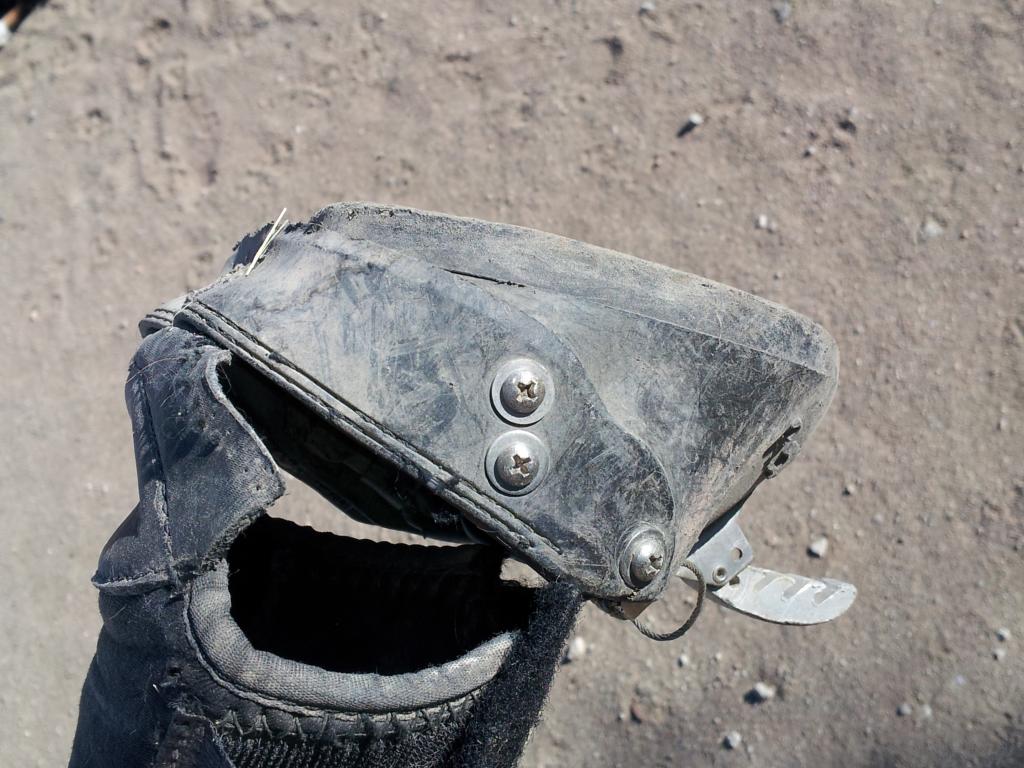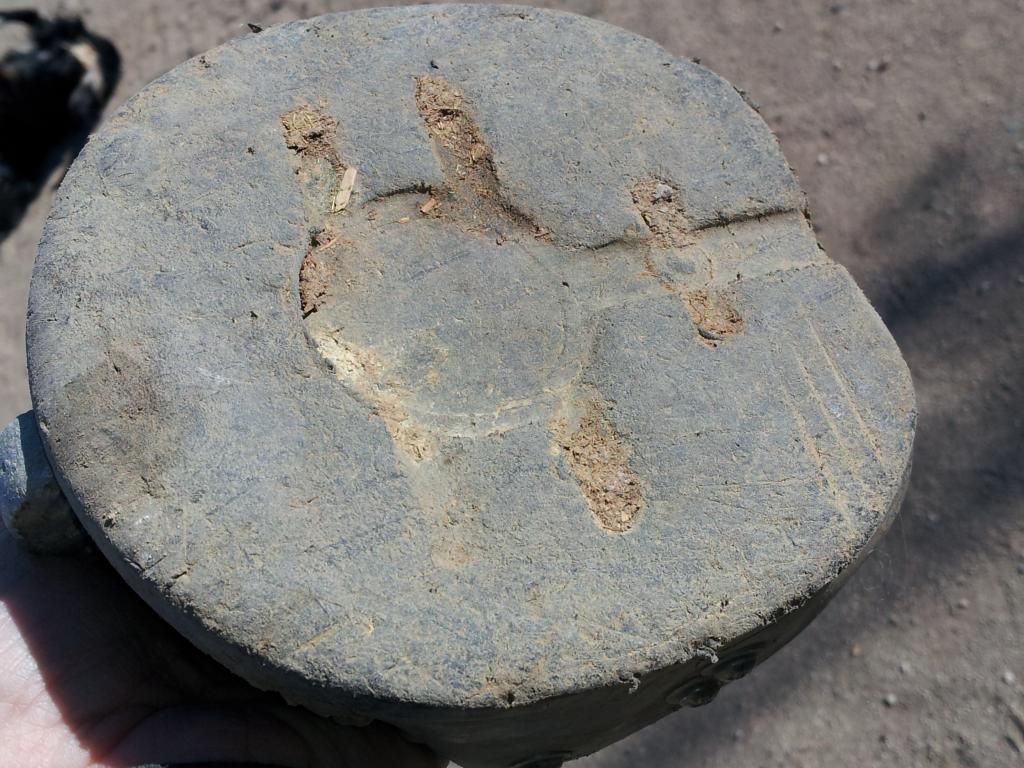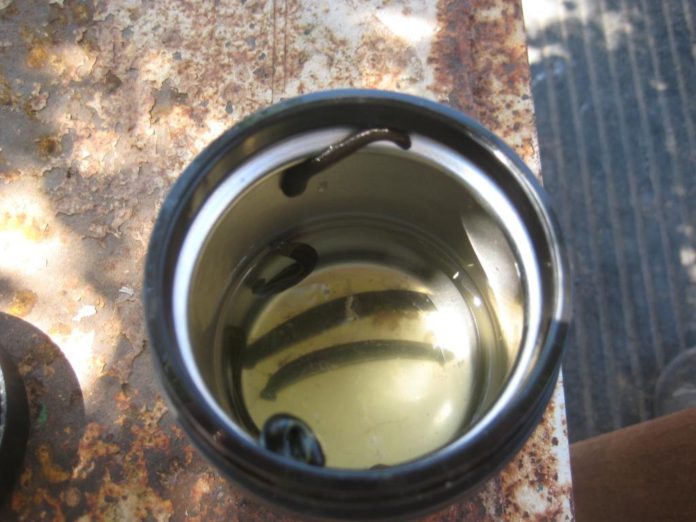Submitted byTami Rougeau, Team Easyboot 2015 Member
One of the most frequently asked questions I get when setting someone up with new boots is “how long will these things last?”. I always find this to be an interesting question with lots of answers. Being a distance rider it is always easier for me to answer in miles however I have gotten some pretty astonished looks when I tell them I have some with at least a thousand miles on them. In the end though the right answer is the frustrating “it all depends”. The terrain, miles, speed and overall care (or exposure to dogs) will impact how long your boots will last.
The nice thing is that for the most part you can extend the life of your boots by replacing various parts. The shells are fairly indestructible and will last a very long time. With a few simple tools pretty much anyone can repair their boots. Some common signs that you should probably get some new boots include:
Holes in the shell. Most commonly the toes will wear out. This particular boot interfered with a few too many rocks. Holes in the shell means you need a new boot. But if you have Glue-Ons hanging out you can always clean them up and put the perfectly good gaiter on the worn out shell.

Broken buckles and cables on the Original Easyboot and Epic. This is probably the second most common repair I am asked to do. Yes, even the original styles with rivets can be fixed. It never ceases to amaze me when I see these old style boots with so much life left in them. Just punch out the rivets and replace the hardware. Of course the new style is all screws so pretty easy to repair in just a couple minutes.

The number one easiest repair (and also quite possibly the most favorite chew toy of many a dog) is replacing the gaiter on any of the Easyboot line. This is also a great way to get extra life from your glue on shells. Yes, you have to clean the glue out of the shells but for a very reasonable price you now have a practically brand new Glove.

The best way to ensure a long life on your boots is to take good care of them. Rinse them off after use and let them dry. Don’t leave them in the sun to bake or put them away all crusty and gross. It is also a good idea to keep them out of reach of your local dog.






